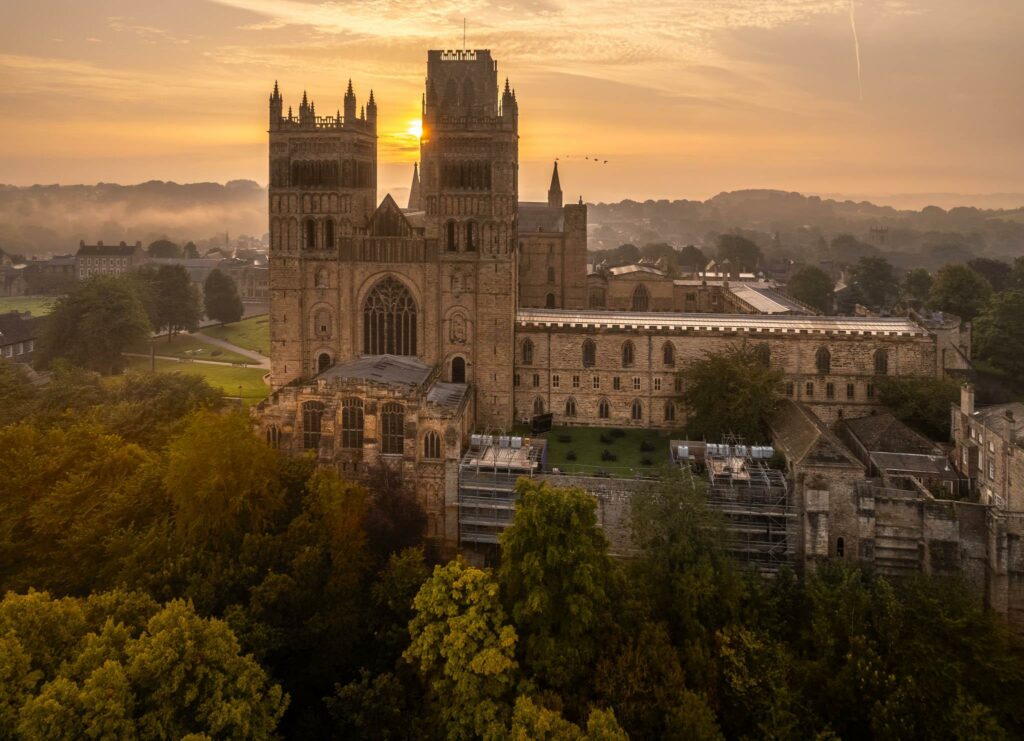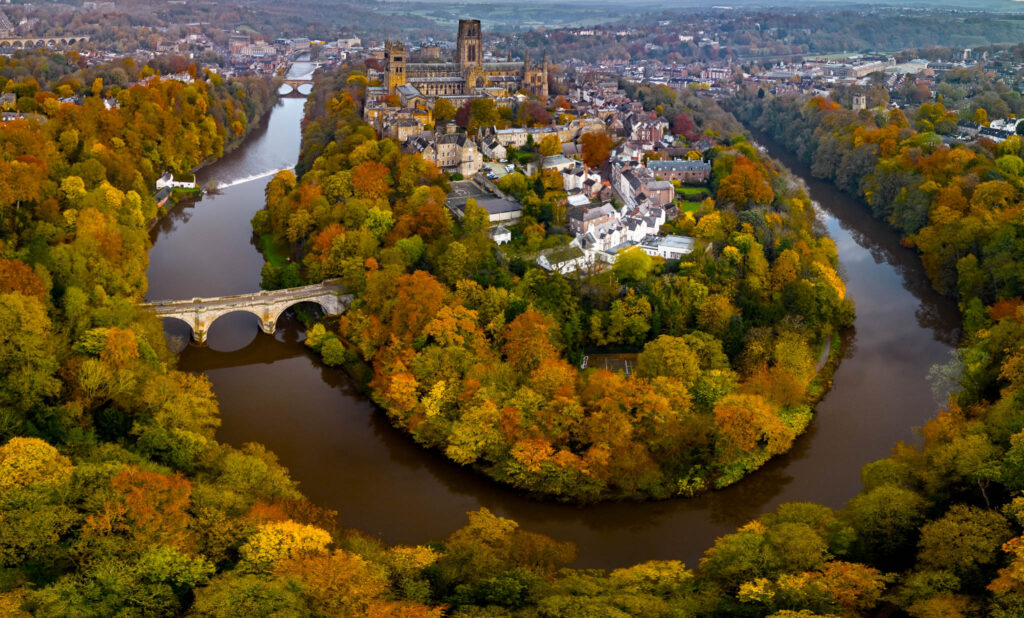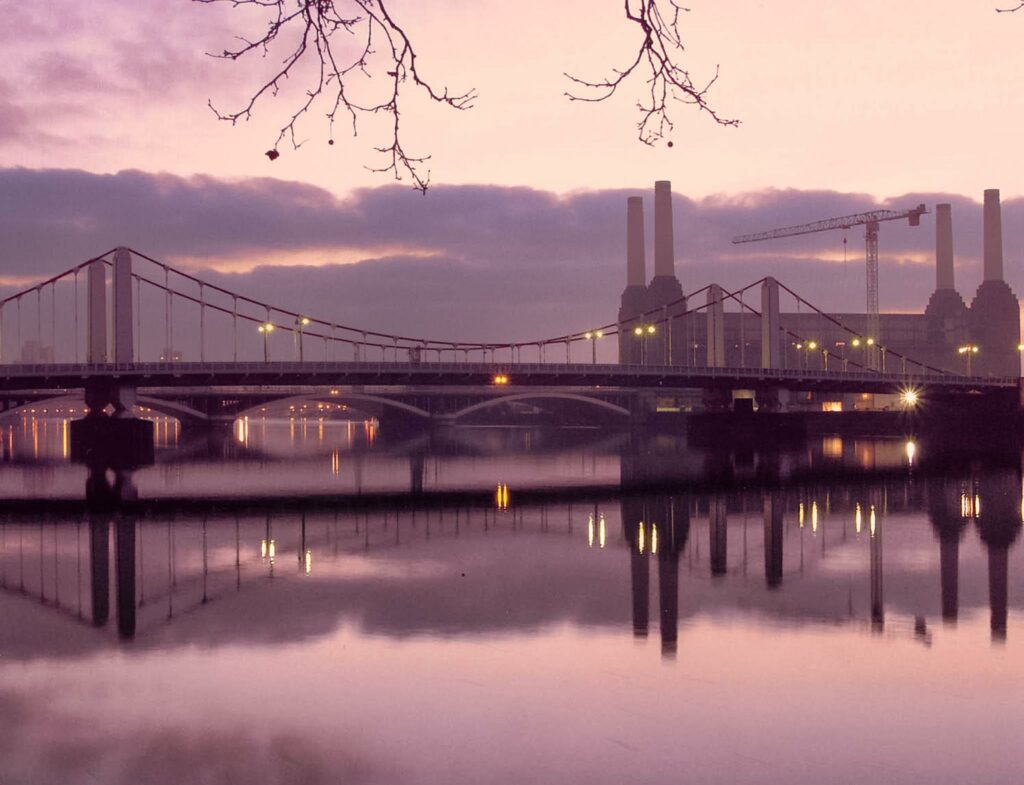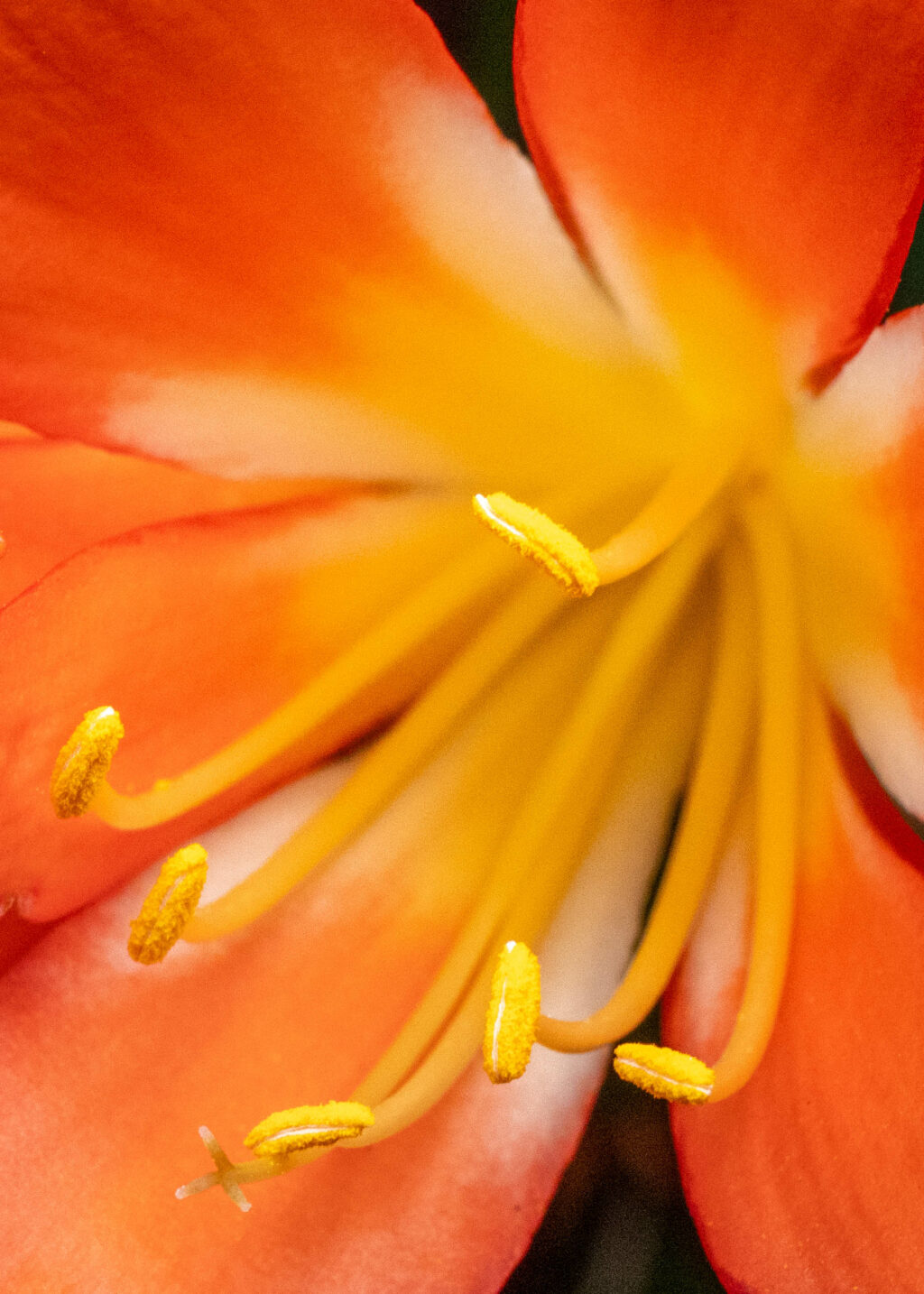Aperture priority mode on your DSLR is one of the things that most photographers have to use at some time or other. But one of the most confounding things about getting your first DLSR is the myriad of decisions you have to make about what that actually means and if it's the right mode to use. Those mysterious letters on your Mode Setting Menu just make it harder to know if you’re learning how to use your camera ‘right’—isn’t it so much better just to trust the awesome technology used to make that camera, and shoot in P or Program Mode, let the camera make decisions, and focus on making a good composition?
But knowing which mode to use for which shooting situation doesn’t have to stress you out. While learning about photography, there are some basic decisions you can make while shooting in Aperture Mode.
What is Aperture Mode and Why Use it
This is indicated by A or Av in your menu. Aperture Mode is where you can change the size of the lens opening or aperture while making a picture. With one dial, you can either close the aperture to let less light in, or you can open it up to let more light in. Understanding this basic function of aperture helps you to decide how to use Aperture Mode.
Aperture Mode is best for fast reactions to a shooting situation. That means if you are after capturing people and things that are constantly moving and changing their position, such as in travel or street photography, shooting in Aperture Mode helps you to capture the changes without too much peering into the camera menu. You can miss a lot of shots fiddling with settings while in situations like this, so it is best to use a shooting mode that allows you to change with one flick of a finger. Aperture Mode is what I nickname my ‘lazy Manual Mode.’ When I am shooting travel stories, I use Aperture Mode to help me quicken the process of changing the exposure of the photos I take.
Use Aperture Mode to Change Depth of Field in a Photo
During the red shirt rallies in Bangkok last year, I used Aperture Mode for all the rallies I photographed. The action was constant, and I had to zip through different parts of the city on the back of a motorbike, capturing the sometimes jubilant, sometimes scary moments of the rallies. Aperture Mode helped me to document the events. Sometimes, like in the photo below, I had lots of good light, people moving, flags unfurling, and sometimes like in this shot, they were all in the frame. To get this shot, I closed the aperture to a setting that allowed for foreground (flag), subjects (people) and background (monument and beyond) to be all relatively sharp.
1/125s f/8.0 at 17.0mm iso200. Copyright Aloha Lavina.
On a different day, I was right behind some protesters as they surrounded an Army garrison. I had to get the soldiers in focus as well as use the arms of the protesters to frame the shot. I decided to make the arms the softer focus, but left enough detail to suggest my point of view.
1/1000s f/8.0 at 70.0mm iso200. Copyright Aloha Lavina.
Use Aperture Mode to Capture Motion
Aperture Mode helps you to freeze motion as well as blur it. What happens is, when you open up the aperture to let more light in, you also increase the ability of your camera to speed up when taking the picture. This makes it possible to freeze motion, like in the photo below of the diving boy in Burma. I was on a sampan in the lake when I saw these boys swimming, and as soon as they saw my camera, they started that exhibitionist behavior kids are so good at. I knew that the light was a little dodgy because of the cloud cover, so instead of shooting at the aperture of f/8 which I use to get a lot of detail in daytime shooting, I opened up the aperture to f/5.6. This allowed me to get a fast shooting speed of 1/800 of a second, more than enough to freeze the backflip of the most adventurous boy.
1/800s f/5.6 at 35.0mm iso200. Copyright Aloha Lavina.
You can also use Aperture Mode to create blur in a motion shot. In the market in Bali, I had very little light to make this shot. It was very early in the morning, and the sun had just risen, so there was little light around the people. The buildings surrounding the market street were blocking a lot of the light from the rising sun. So instead of freezing motion by speeding up my shutter, I had to suggest motion using blur and a technique called panning (panning is focusing on a subject and following his motion for a period of time before taking the photo). In Aperture Mode, I closed down the aperture considerably, to f/18, and as a result slowed down my shutter speed to 1/13 of a second. This allowed me to control the light that was coming into my camera while it slowly took the exposure. Slowing down the camera gave me the ability to follow the man with the vegetables so he would be sharp, while preventing too much light to enter, giving the background considerable color and detail as it helped to suggest action. If I had used a wider aperture, the speed of the camera would have been too fast and letting in too much light, resulting in the background being blown out.
1/13s f/18.0 at 48.0mm iso200. Copyright Aloha Lavina.
Use Aperture Mode for Low Light Photography
Aperture Mode helps you make decisions about how much light to let in your lens while making a photo. This can help you in situations where the amount of light varies from shot to shot. While shooting indoors, for example, you need to let a lot of light in to help your camera make a sharp picture. A lens with a wide open aperture capability such as f/2.8 or f/3.5 can help your camera to ‘see in the dark.’ When I am on assignment involving theatre and dance performances, which I absolutely enjoy, I often have to use a telephoto such as a 70-200mm lens. There is no way the theatre is going to bother the performance or the audience by letting a photographer roam the front of the stage with a shorter lens. So I’m usually in the back, shooting with a telephoto. Shooting in Aperture Mode helps me to ‘open up’ the camera’s eyes in the dark theatre, like in this photo of a puppet performance. Even at the focal length I took it, the photo is sharp because I helped the camera see in the dark by opening up the aperture.
1/400s f/2.8 at 125.0mm iso4000. Copyright Aloha Lavina. All rights reserved.
Learning how to shoot in Aperture Mode is a matter of understanding how aperture affects a photo and then applying that understanding in the situations you find yourself and your camera. With one mode, you can capture a range of different images.





19 Comments
I think I’ll never stop learning new photo tricks.
Thanks! This post was so great to read as usual. Great examples! Made me want to go out and experiment with different pictures right away.
Are there more stories like this coming?
I would like to see for both M and S. And why not a little more examples using AEL/AFL, bracketing, when to +/-exposure, using the histogram info in in a couple of easy steps.
Thank you for this informative article!
I am going to experiment with this today Aloha. Thanks for inspiration.
Thank you. I learned a lot from this article. Everything was very clearly stated and the accompanying photos clearly illustrated what the author meant. I look forward to more informative articles.
great. But in low light u require tripod which is a bother. I have taken this photo of theatrical performance without tripod
I have just started with photography and I really liked this article. Very solid content. Not many articles about photography are alike. It seems that aperture is quite usefull after all!
This article is very informative and very easy to understand. Just about the best article I have read that helps beginners!!!
I have sent an e-mail a while ago i have been trying to print a hard copy, but i can only get the first page. could answer my message and let me know what is the problem
i have been trying to print a hard copy and i only get the first page is there a problem
I am a new at photography and in our course are learning about the aperature mode, so this was most helpful. Thank you for your post
Very helpful thanks a lot
U really covered every thing in an easy wat
Thanks
An excellent article thank you, goes through many details and the example photos make it all much clearer 🙂
Thanks,wanted to know more about aperture priority and you gave some great examples and diverse uses for ap
Great post, answered a few of my questions about this mode.
I’m with J.Goodapart, it would be great to see some posts about these subjects also!
I find it difficult to shoot in A mode in low light handheld shots. Because the shutter speed is automatically controlled by camera and its very low because of lighting conditions. So higher risk of blurr is there :/
Do you keep auto iso off in Av mode?
Thank you for this info! I have been taking for photos as an amateur for over 20 years but just recently got back into it seriously and starting to take control of what my photos look like and know how to correct mistakes. My goals are to understand composition and lighting for great photos. I thought that I was always cheating by always going back to A mode but found that I had better control over what I ultimately wanted (blur, action, and clarity) and you explained it beautifully and made me feel that maybe I am not cheating as a photographer. Thanks!!!
Thanks for a great article & explanation of shooting in A mode, I generally shoot in Manual all the time, especially in my studio & have great control over my liting , therefore it’s not a big deal, but recently have been wanting to shoot more families & I freak out when I have to set my Fstop & then ‘pray’ that my shutter will match up & recently it did not, I felt like a complete failure even though I shoot beautiful , crisp , clear photos in my studio. I will continue to read more of your articles & get better @ what I love to do. Capture smiles & joy